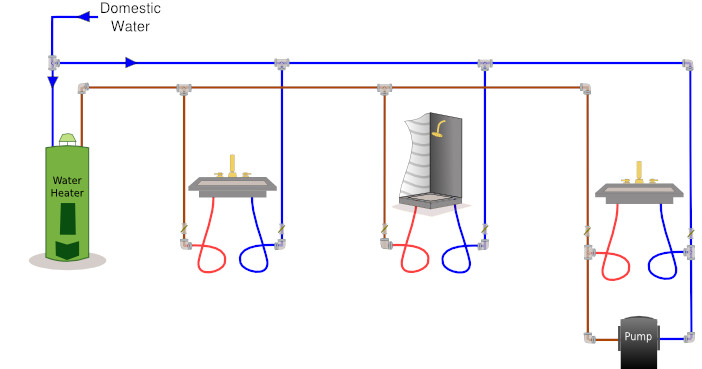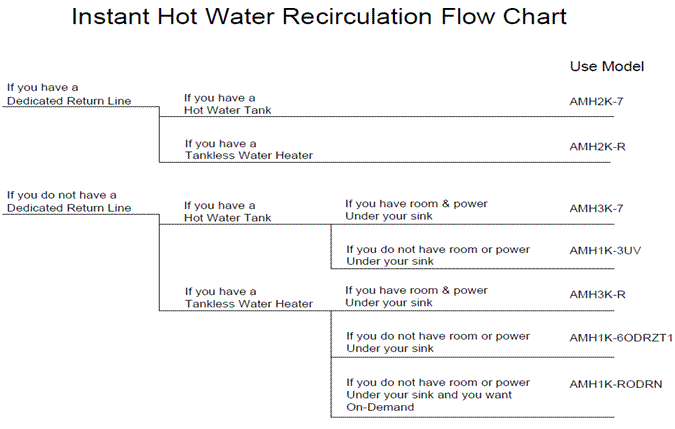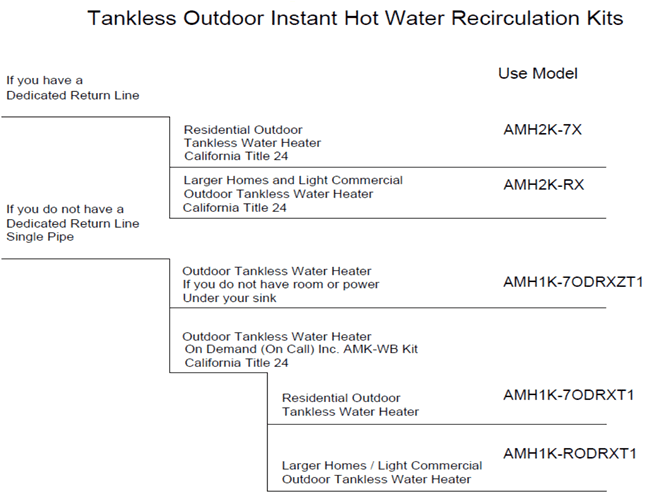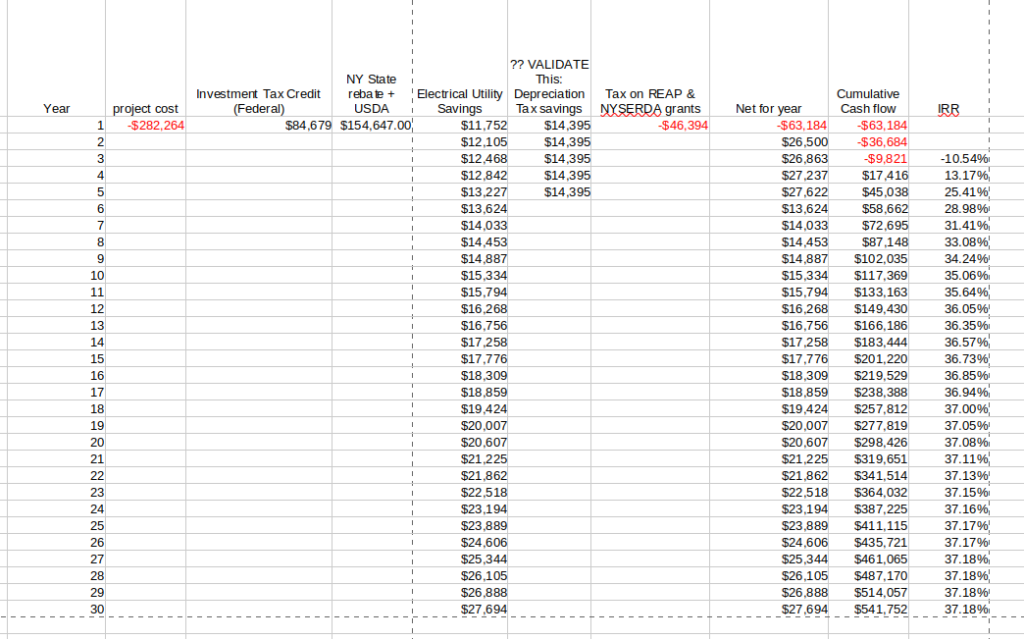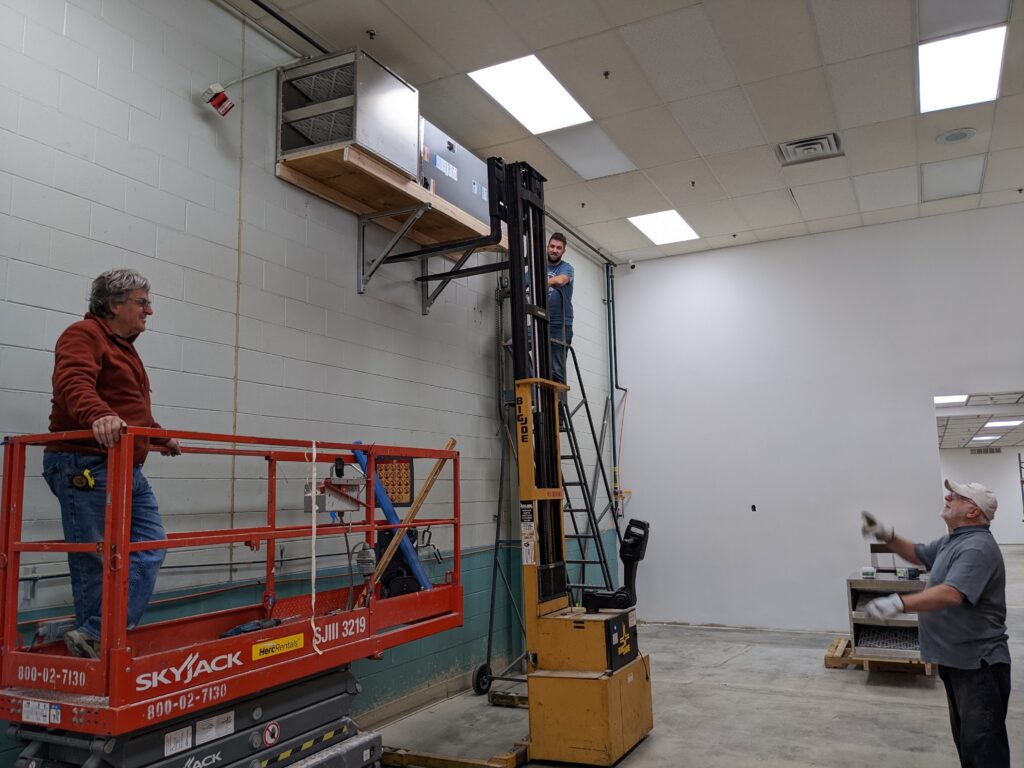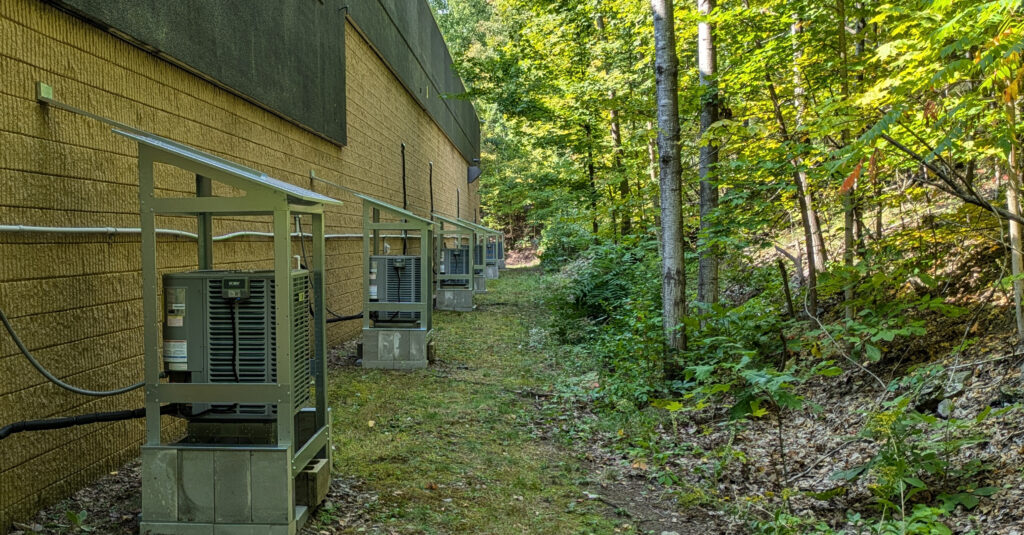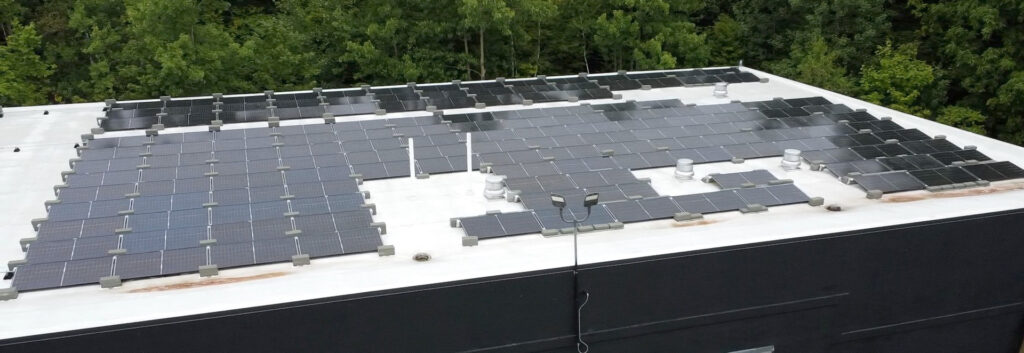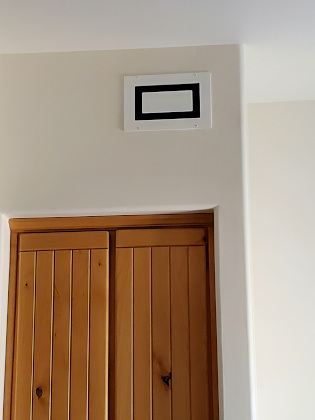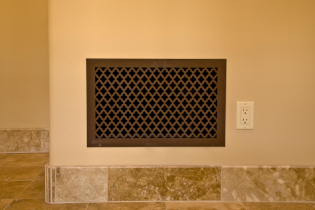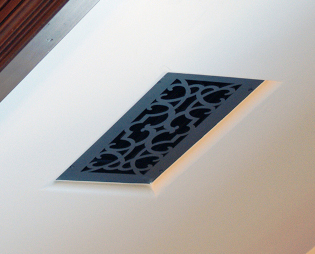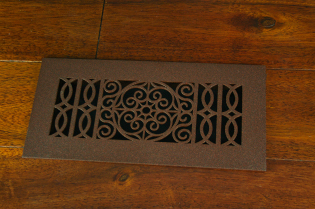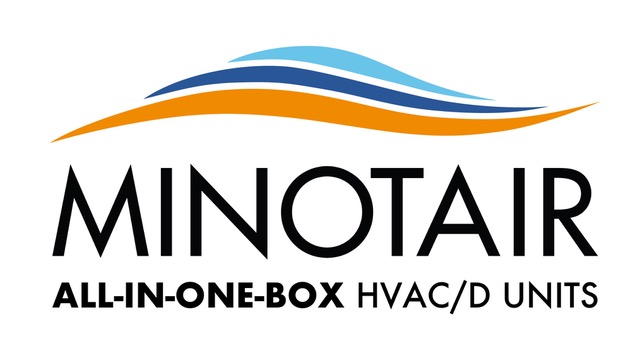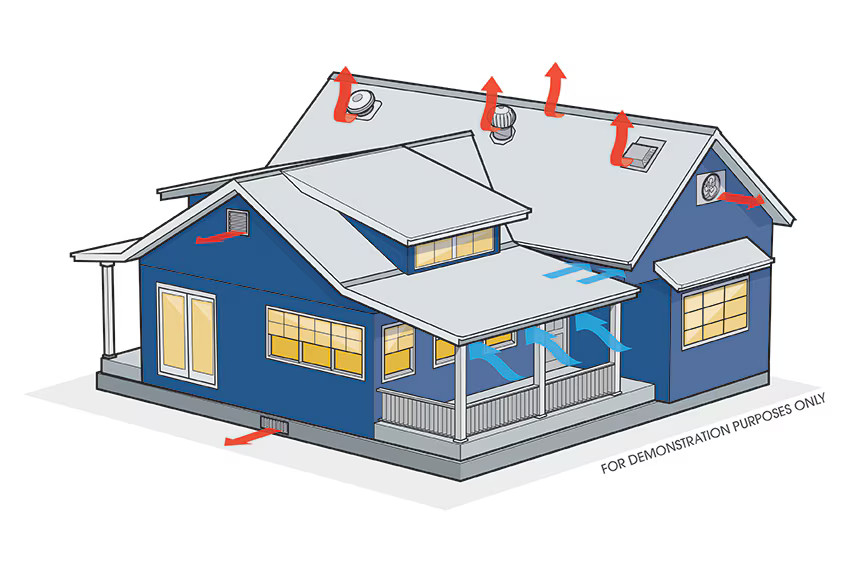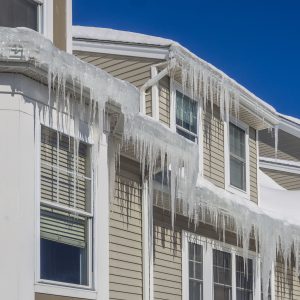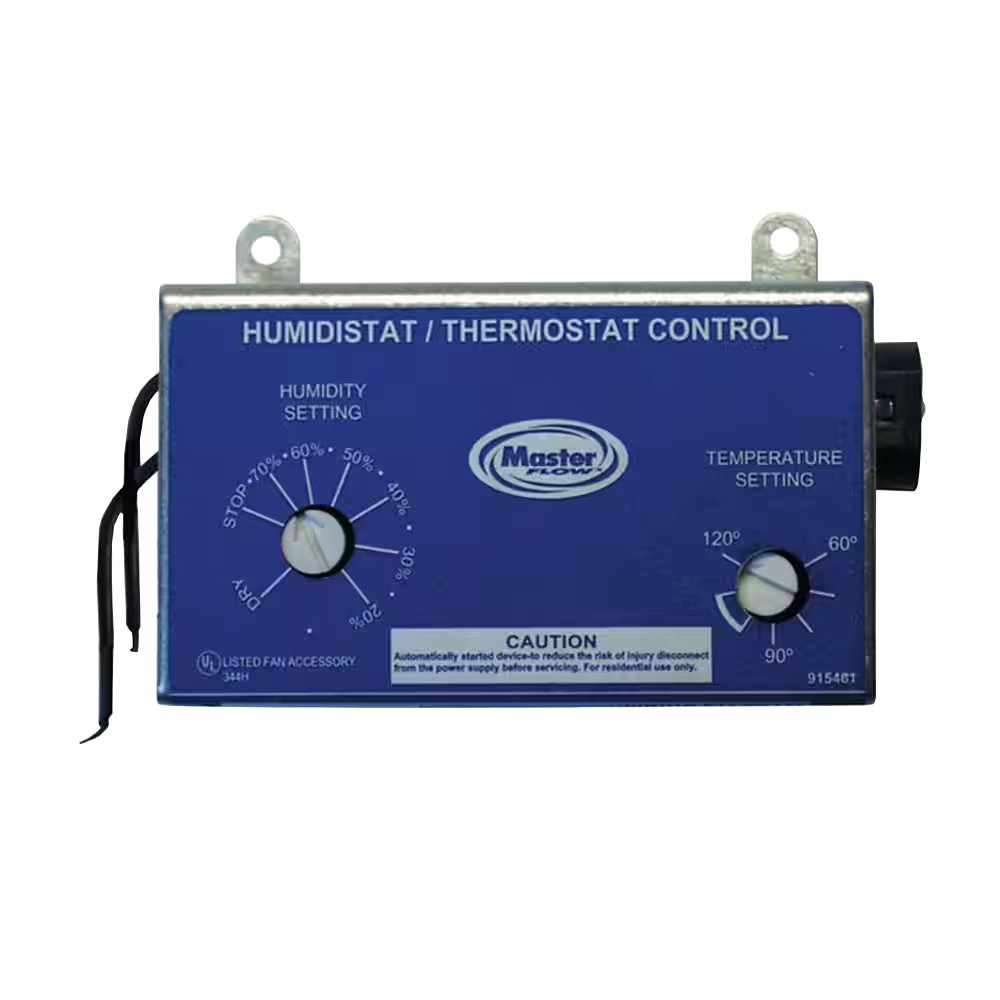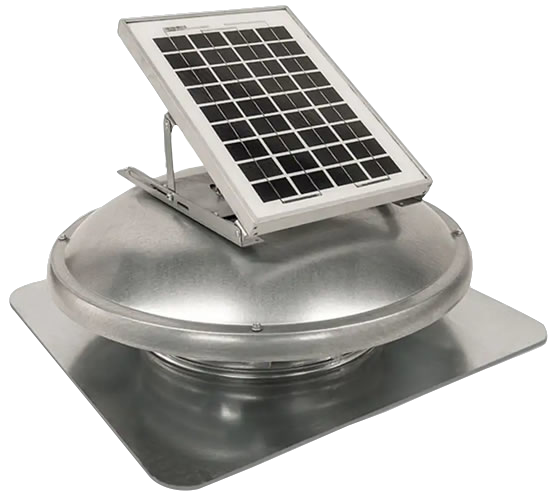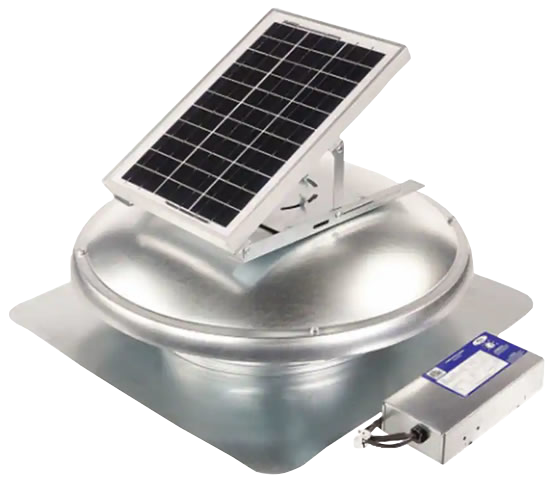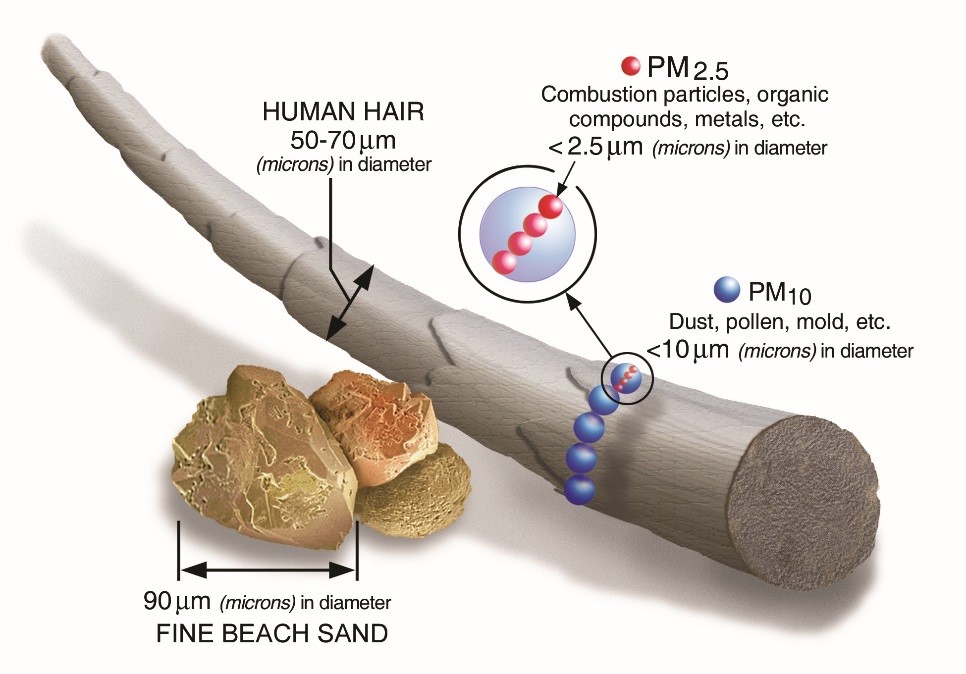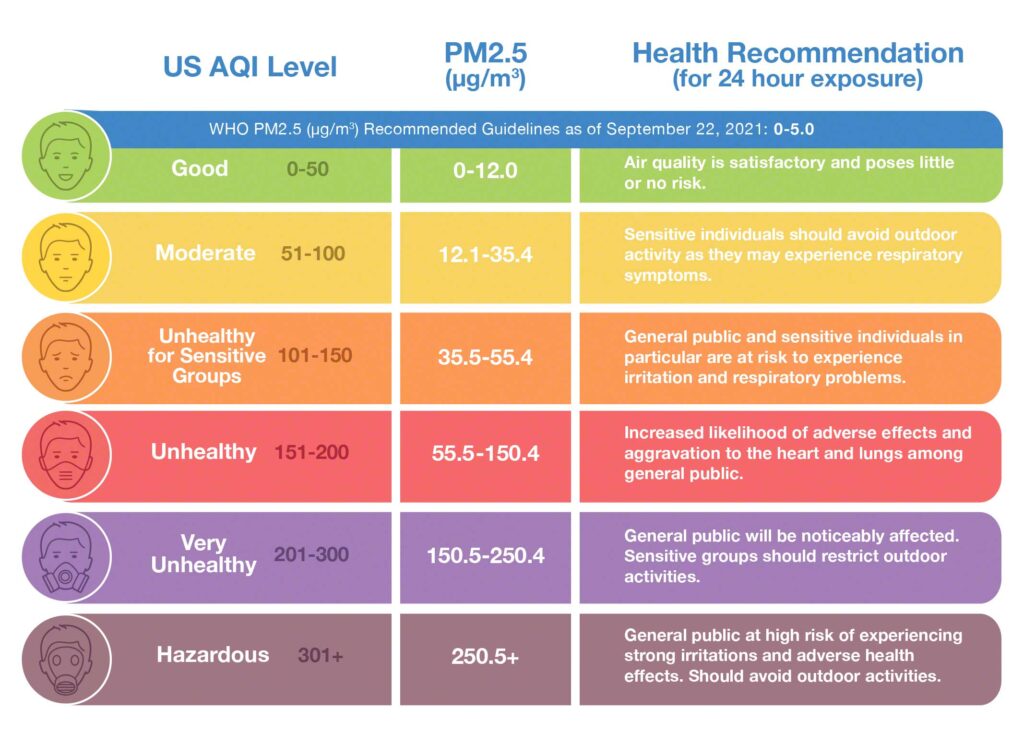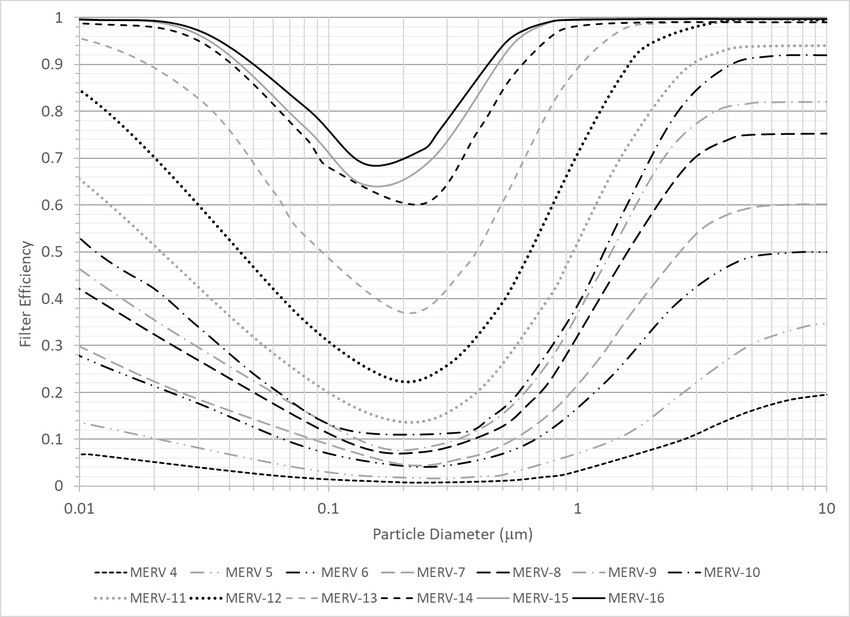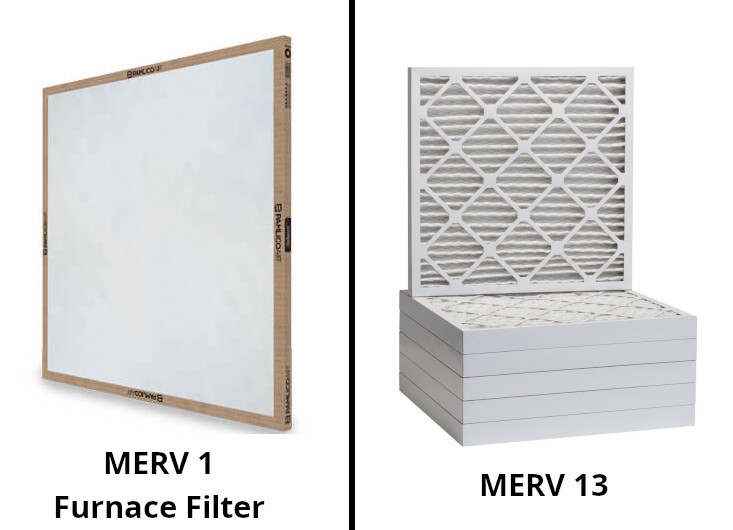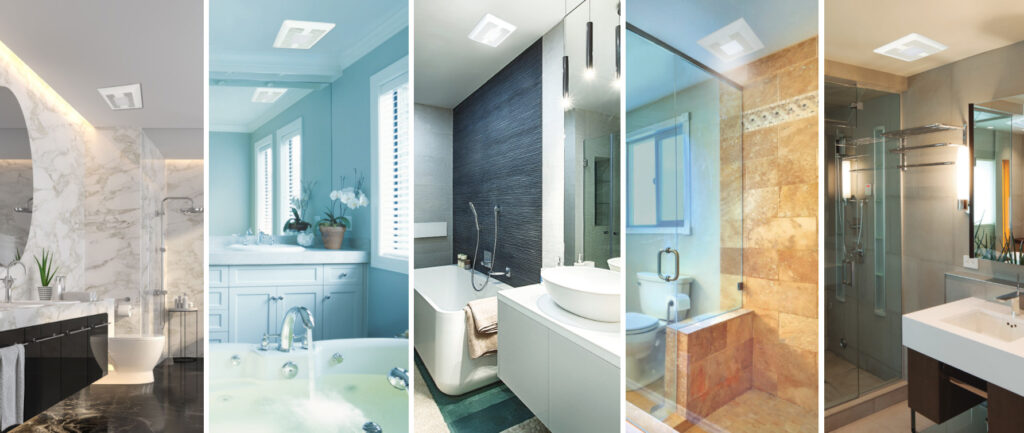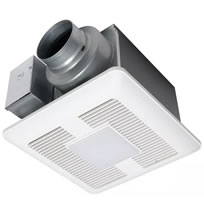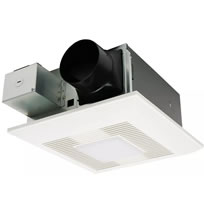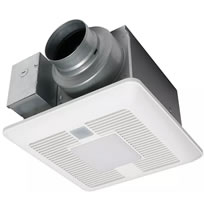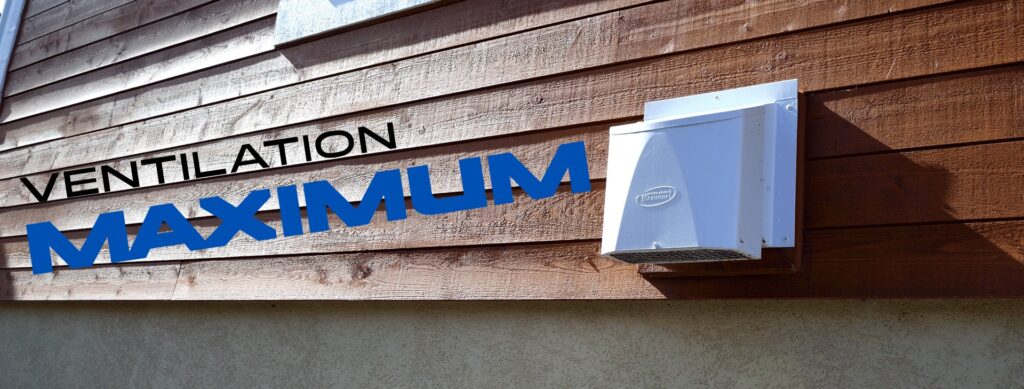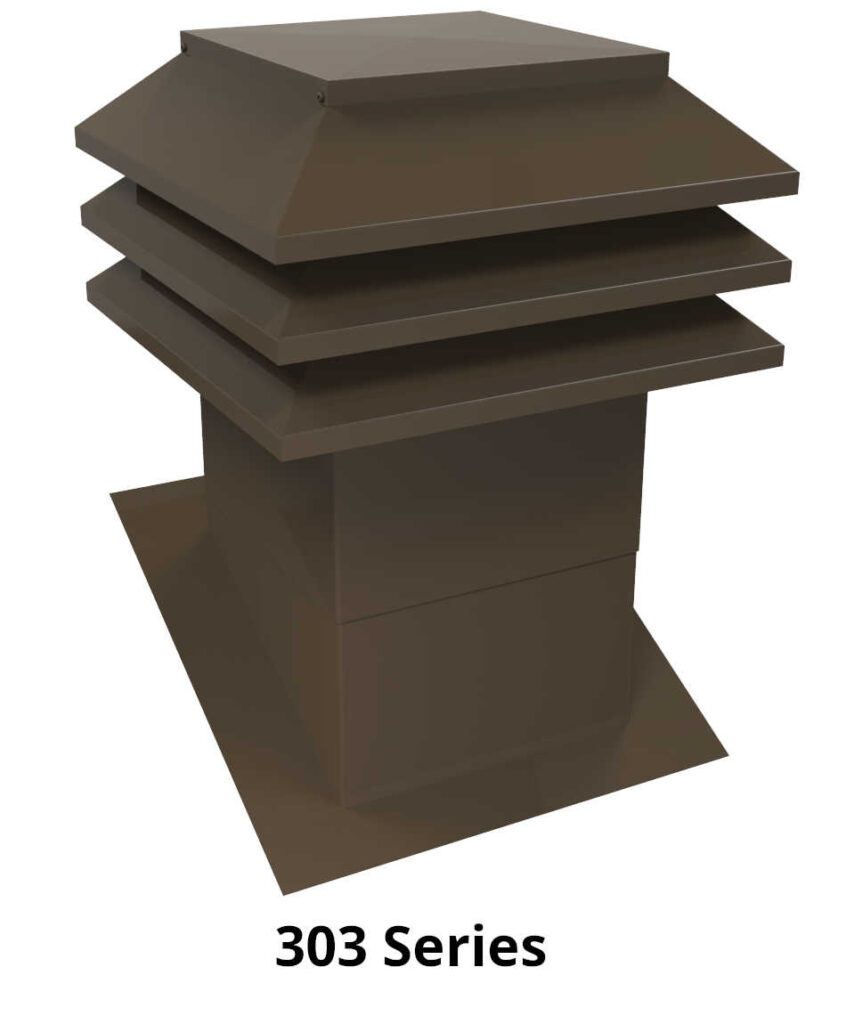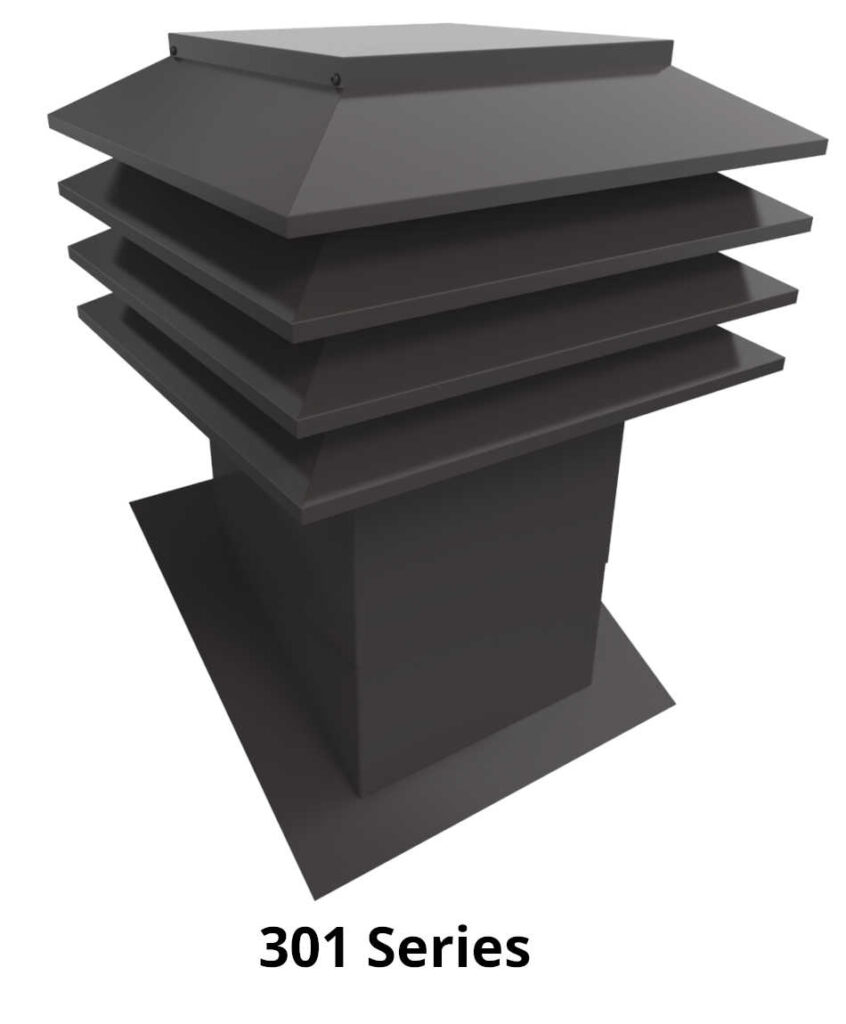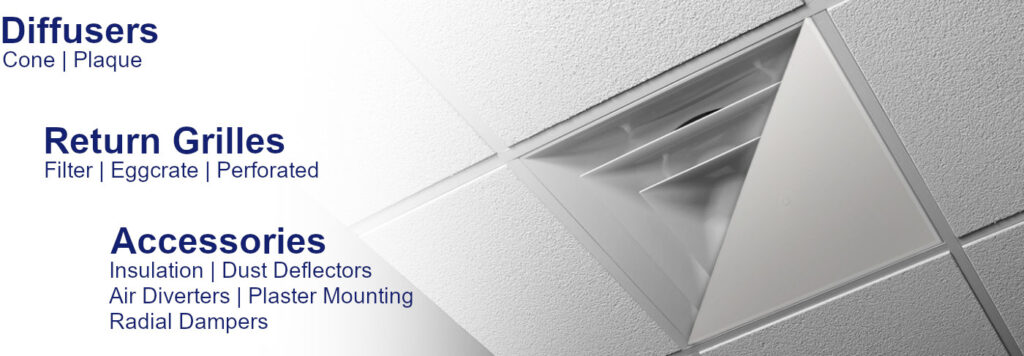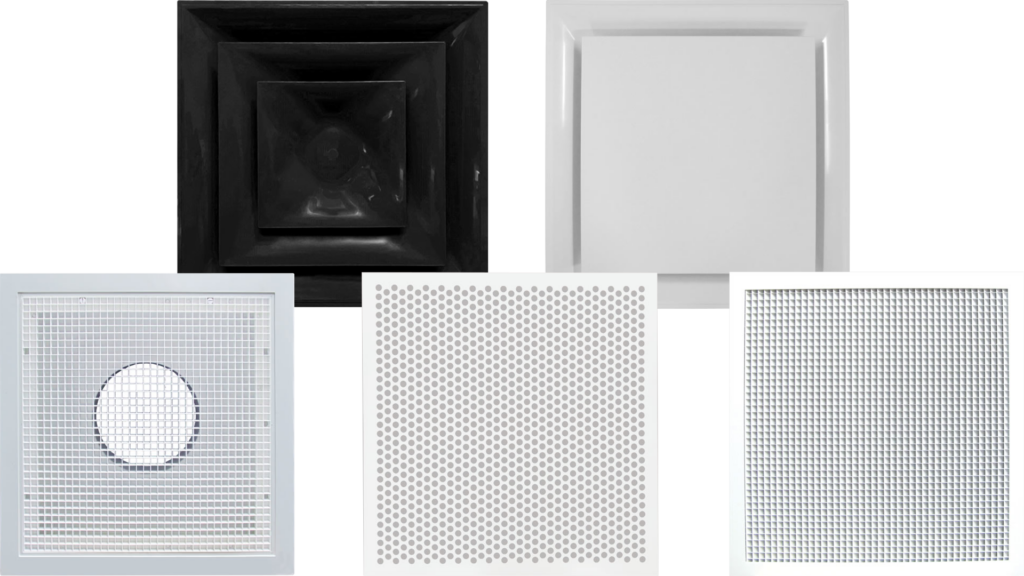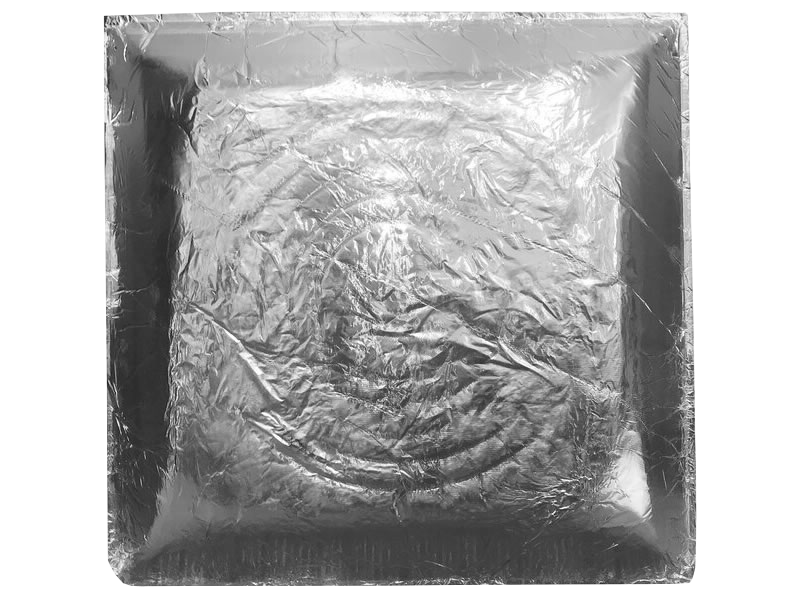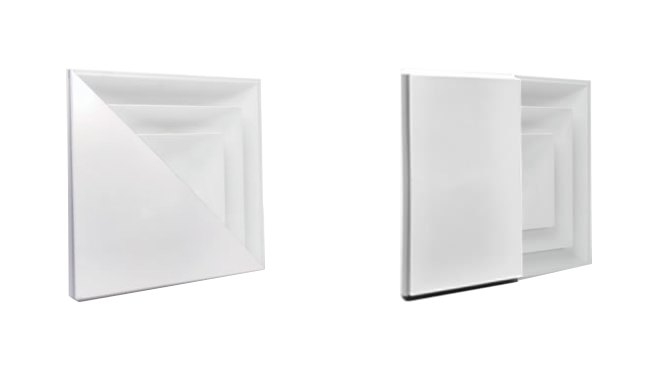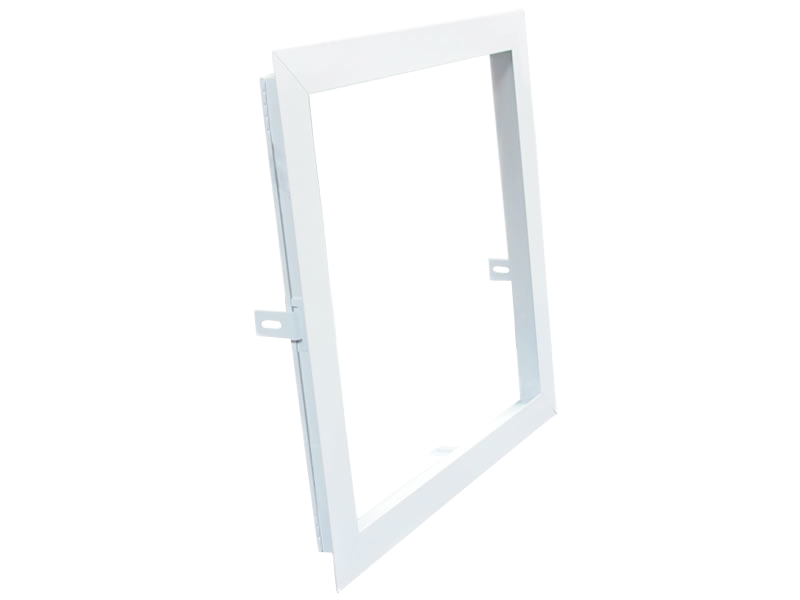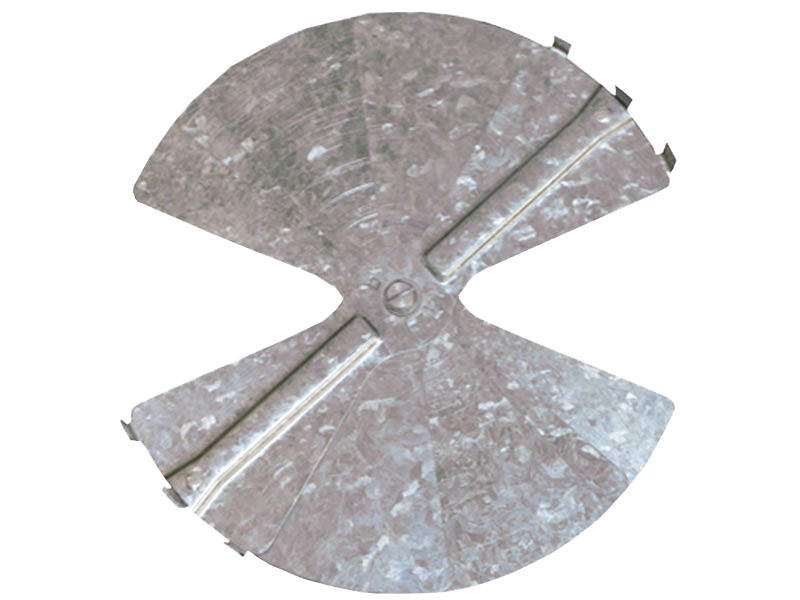Waiting for hot water is something we’ve all experienced. You turn on the faucet or shower, and it takes forever for hot water to arrive. In the meantime, gallons of perfectly good water are going straight down the drain. It’s an issue most homeowners face, but AquaMotion has engineered a solution to eliminate this problem with their hot water recirculation pumps. These systems not only save water but also add convenience and comfort to your daily life.
How Does a Hot Water Recirculation Pump Work?
A typical home plumbing system leaves cold water sitting in the hot water pipes when the faucet isn’t being used. As a result, it can take anywhere from 30 seconds to several minutes for hot water to reach the tap or shower, depending on the distance from the water heater. AquaMotion’s recirculation pumps address this problem by keeping hot water circulating through your pipes so it’s instantly available at any fixture.
Key Components:
- Recirculation Pump: This is the heart of the system. AquaMotion offers pumps that can be installed either at the water heater or directly under the sink at the farthest fixture.
- Bypass Valve: Installed at the furthest faucet, this valve returns cooled water back to the heater to keep hot water circulating. It closes when the water temperature reaches the desired level, conserving energy.
- Control Systems: You can choose from various control options to ensure your pump only runs when needed, maximizing energy savings. These include timers, temperature sensors, or on-demand activation with a button or remote.
Types of Hot Water Recirculation Systems
AquaMotion offers different types of recirculation systems to fit your plumbing configuration and needs:
Full Recirculation System:
In homes that have a dedicated hot water return line, a full recirculation system is ideal. The pump continuously circulates hot water through the supply line, while cooled water is sent back to the heater via the return line.
Crossover System:
For homes without a dedicated return line, the AquaMotion crossover system is a great solution. The pump uses your cold water line as a return pathway, pushing cooled water back to the water heater when not in use. The bypass valve ensures cold water doesn’t come out of your hot water tap during the process.
The Benefits of Installing AquaMotion
- Instant Hot Water
The most obvious benefit is that you’ll have instant hot water at every tap and shower. No more waiting for the water to heat up, which saves time and reduces frustration, especially in larger homes where fixtures are far from the water heater.
- Water Conservation
On average, a household can waste 12-15 thousand gallons of water each year waiting for hot water. AquaMotion’s recirculation systems eliminate this waste by ensuring hot water is always readily available. You’ll save water and reduce your environmental footprint.
- Energy Efficiency
While the pump keeps hot water circulating, AquaMotion provides control options that prevent continuous operation, ensuring that energy is not wasted. Timers, temperature sensors, and on-demand buttons allow you to customize when and how the system runs, maximizing efficiency and minimizing energy costs.
- Easy Installation
AquaMotion’s pumps are designed for easy installation, especially their crossover systems which don’t require a dedicated return line. Many homeowners can install these systems themselves, making it a convenient and cost-effective solution.
- Affordable Comfort
Compared to traditional hot water systems, AquaMotion recirculation kits are cost-effective. The initial investment can quickly be offset in one to three years by savings on water bills and energy consumption, not to mention the added comfort of having hot water available instantly.
Which AquaMotion System is Right for You?
AquaMotion offers a range of options to meet the unique needs of different homes:
- AMH1K: This series is for homes without a dedicated return line, designed to be installed near the hot water tank or water heater (tankless). Shop Now
- AMH2K: This series is for homes with a dedicated return line, designed to be installed near the hot water tank or water heater (tankless). Shop Now
- AMH3K: This series is for homes without a dedicated return line, designed to be installed under the sink that has an electrical outlet. Shop Now
A Simple Upgrade with Lasting Benefits
If you’re tired of waiting for hot water and want to save time, water, energy, and money, AquaMotion is the solution you’ve been looking for. Whether you choose a full recirculation system or a crossover solution, AquaMotion has a kit to meet your needs. With easy installation and immediate results, this upgrade will improve your daily routine and contribute to a more eco-friendly home. Make the switch today and experience the comfort and convenience of instant hot water!


